In the world of heavy lifting, where failure is not an option, every component must be engineered for absolute reliability. At the very heart of any lifting operation is the crane hook—a deceptively simple piece of equipment that carries immense responsibility. While many standards exist globally, one name stands out for its rigorous engineering and widespread adoption, particularly in Europe: Dari 15401.
If you’re involved in procurement, reka bentuk, or safety management for lifting equipment, understanding this standard is crucial. Let’s break down what DIN 15401 is and why it matters.
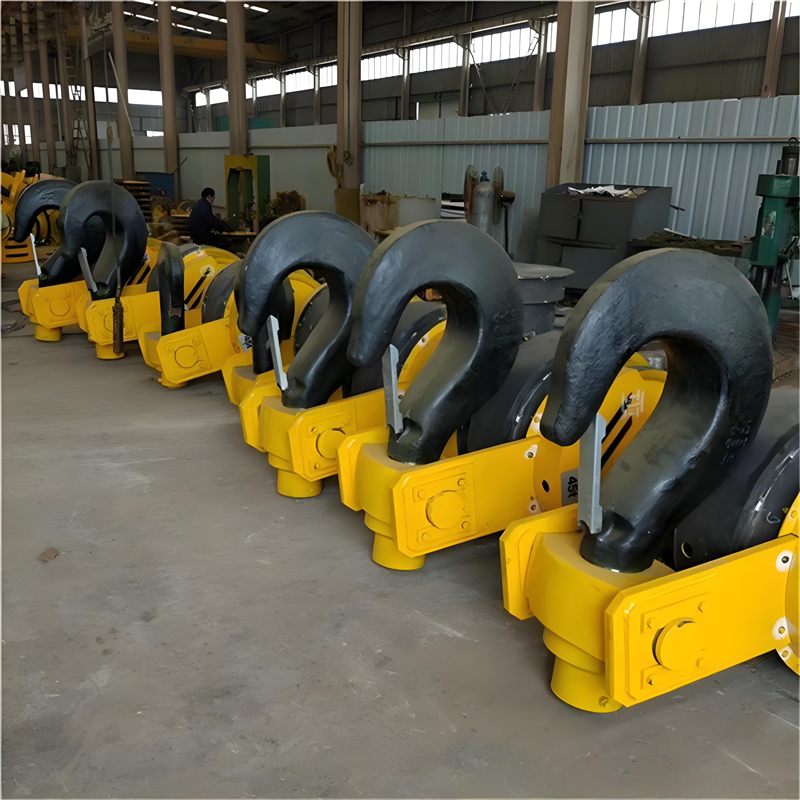
Dari 15401 is a German industrial standard that specifies the dimensions, bahan, ujian, and marking requirements for forged steel crane hooks with a shank eye. Published by the Deutsches Institut für Normung (German Institute for Standardization), it has become a globally recognized benchmark for quality and safety in hook manufacturing.
It primarily covers hooks from strength grade M and above, which are designed for heavy-duty industrial applications. The standard ensures that hooks are not only strong enough for their rated capacity but also designed to handle the dynamic stresses and wear of real-world use.
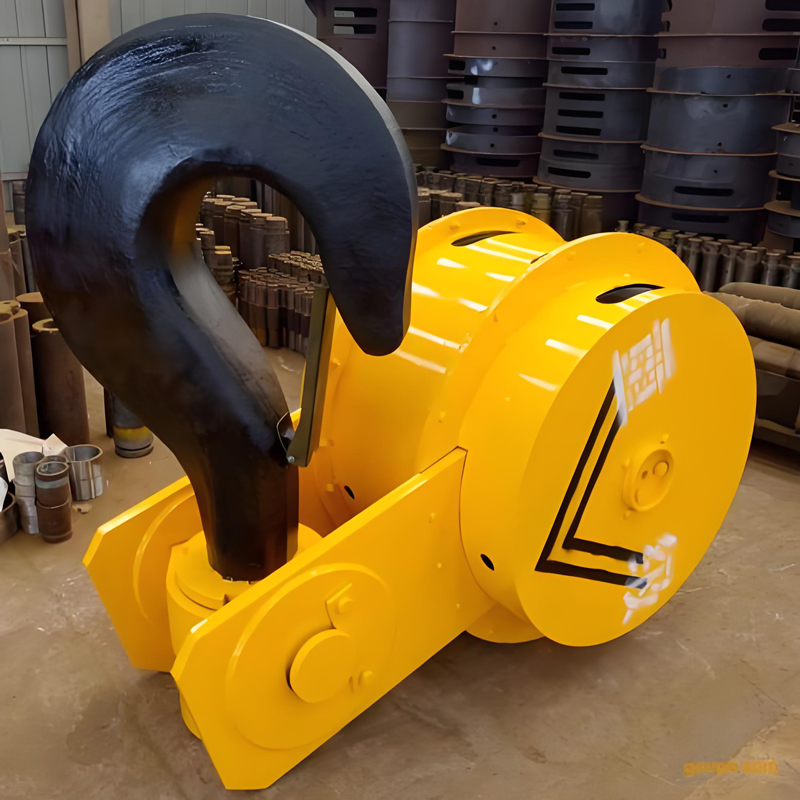

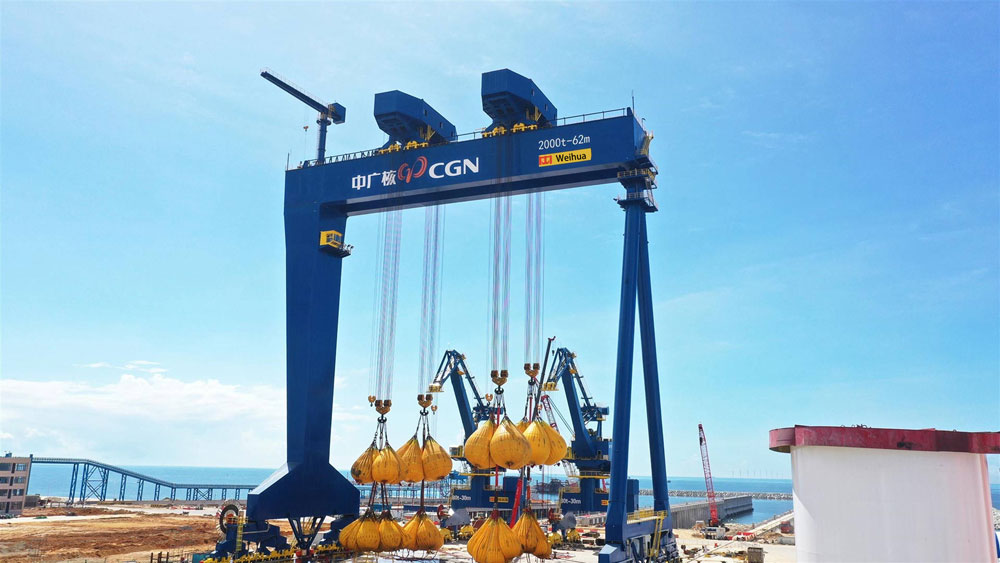
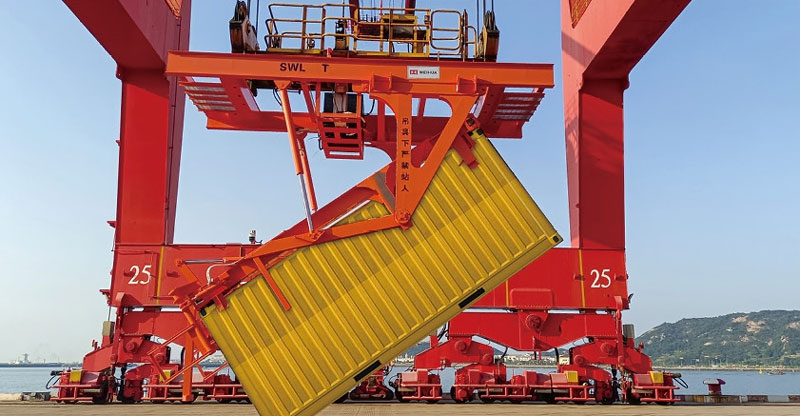
Container Crane Hook
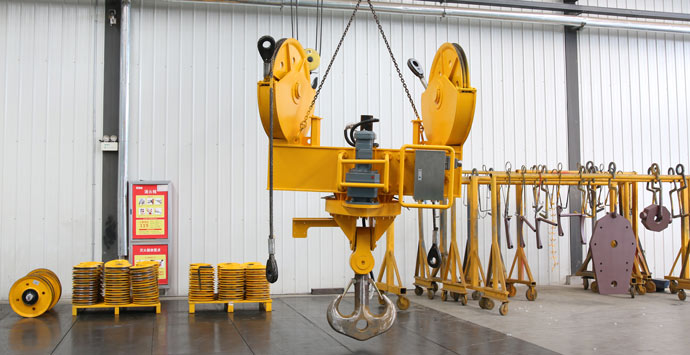
A hook built to DIN 15401 isn’t just a curved piece of steel. It’s a precision-engineered safety device. Here are its defining characteristics:
1. Standardized Dimensions: The standard provides precise dimensional tables for each load capacity (Mis., 8t, 16t, 32t). This includes the throat opening, hook height, shank diameter, and eye dimensions. This standardization ensures interchangeability and compatibility with other lifting gear.
2. The Shank Eye: Dari 15401 hooks feature a forged shank with a precise eye. This eye is designed to accommodate a clevis or shackle, allowing the hook to be securely attached to the crane’s hoist mechanism. The dimensions of this eye are critical for proper load distribution.
3. Material and Forging Quality: Hooks must be made from high-quality, fine-grain alloy steel (typically comparable to 34CrMo4 or similar grades). The forging process aligns the grain structure of the metal to the hook’s shape, eliminating weak points and creating a component with superior toughness and fatigue resistance.
4. Safety Latch Mandate: A core safety feature of DIN 15401 is the provision for a safety latch. This spring-loaded latch prevents slings, rantai, or the load from accidentally slipping off the hook point, penyebab utama mengangkat kemalangan.
5. Strength Grades: The standard classifies hooks into different strength grades (like M, P, S). Grade M is the most common for general heavy-duty cranes, indicating a specific minimum yield and tensile strength for the material.
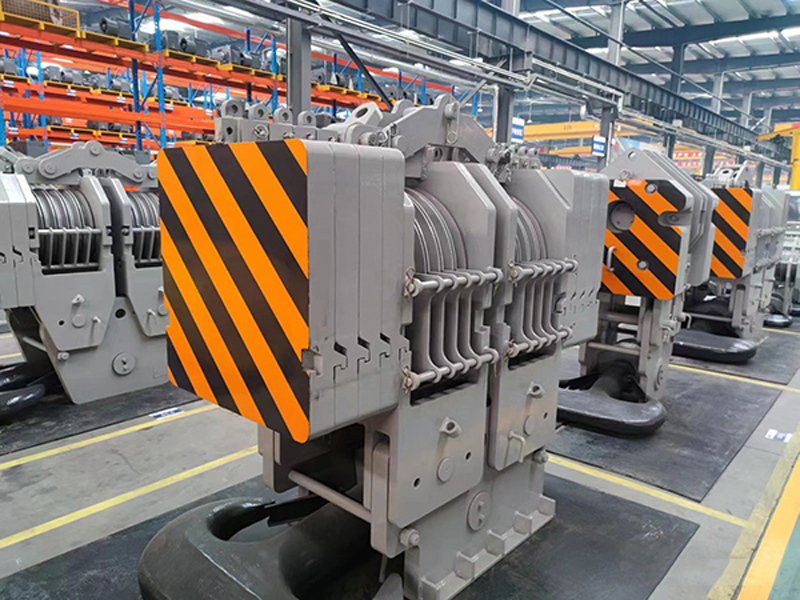
How can you be sure a hook meets DIN 15401? Look for the “Tests” mark.
This stamp, often found on the hook’s shank, is not applied lightly. It certifies that the hook has undergone and passed a rigorous testing protocol, which typically includes:
A hook with the “Tests” mark provides peace of mind that it has been manufactured to the highest standards of quality control.
1. Proven Safety: The standard is based on decades of engineering experience and failure analysis. Using a DIN 15401 hook drastically reduces the risk of hook failure.
2. Global Acceptance: While a German standard, it is respected and used worldwide, especially on European-made cranes and in international projects.
3. Durability and Longevity: The high-quality materials and forging processes result in a hook that is resistant to wear, kesan, dan keletihan, offering a longer service life.
4. Legal and Insurance Compliance: Using certified equipment is often a requirement for complying with workplace safety regulations (like those enforced by OSHA equivalents) and can be crucial in the event of an insurance claim.
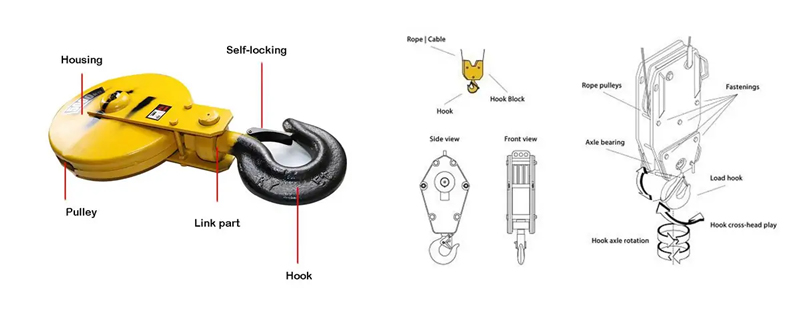
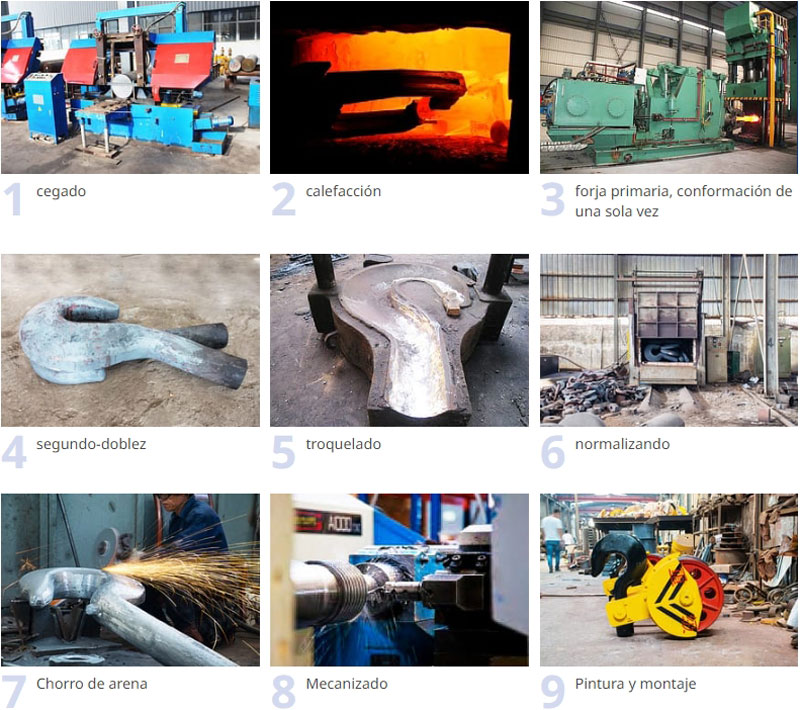
It’s important to note that DIN 15401 has been largely superseded by international standards like FEM 9.755 dan ISO 7595. Walau bagaimanapun, the principles, dimensi, and safety requirements are largely harmonized. Many manufacturers still refer to “DIN 15401” because it is such a well-known and trusted designation. In practice, a hook built to FEM 9.755 or ISO 7595 will be fully compatible and equivalent in performance to its DIN predecessor.
The humble crane hook is a masterpiece of focused engineering. Dari 15401 provides the blueprint for this critical component, ensuring that it is strong, durable, dan, above all, selamat. When specifying or inspecting a crane hook, looking for the hallmarks of this standard—the precise dimensions, the safety latch, and the crucial “Tests” mark—is the first step in ensuring a safe and efficient lifting operation.
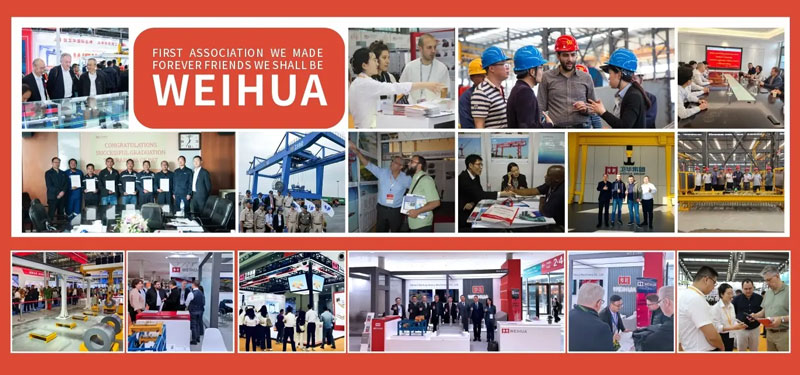
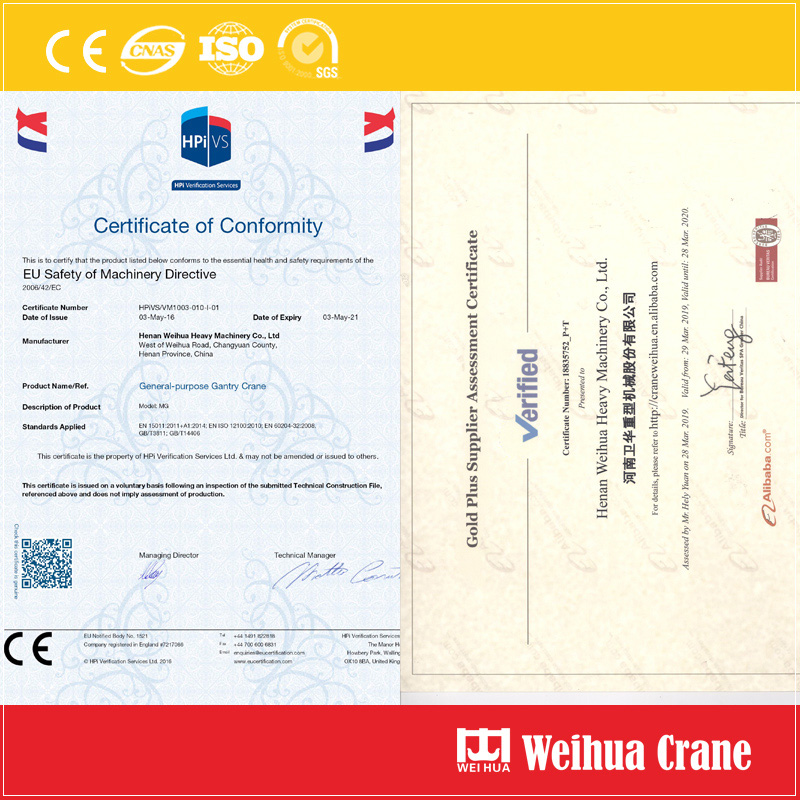
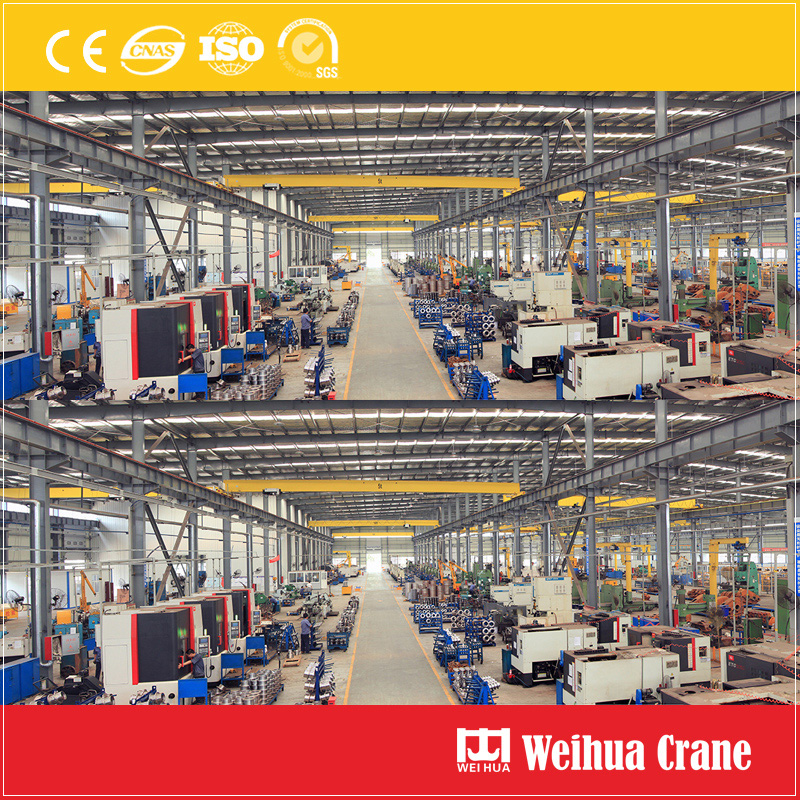
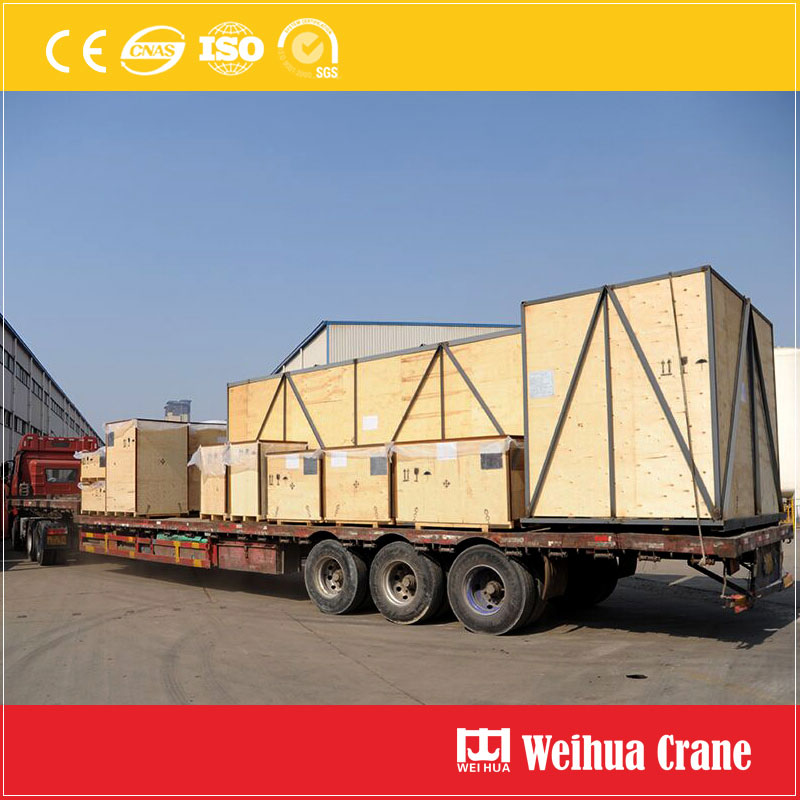
Kami menghargai maklum balas anda! Sila lengkapkan borang di bawah supaya kami dapat menyesuaikan perkhidmatan kami dengan keperluan khusus anda.


Klik butang untuk mendapatkan maklumat produk dan petikan di WhatsApp.
Dapatkan petikan
Komen terkini